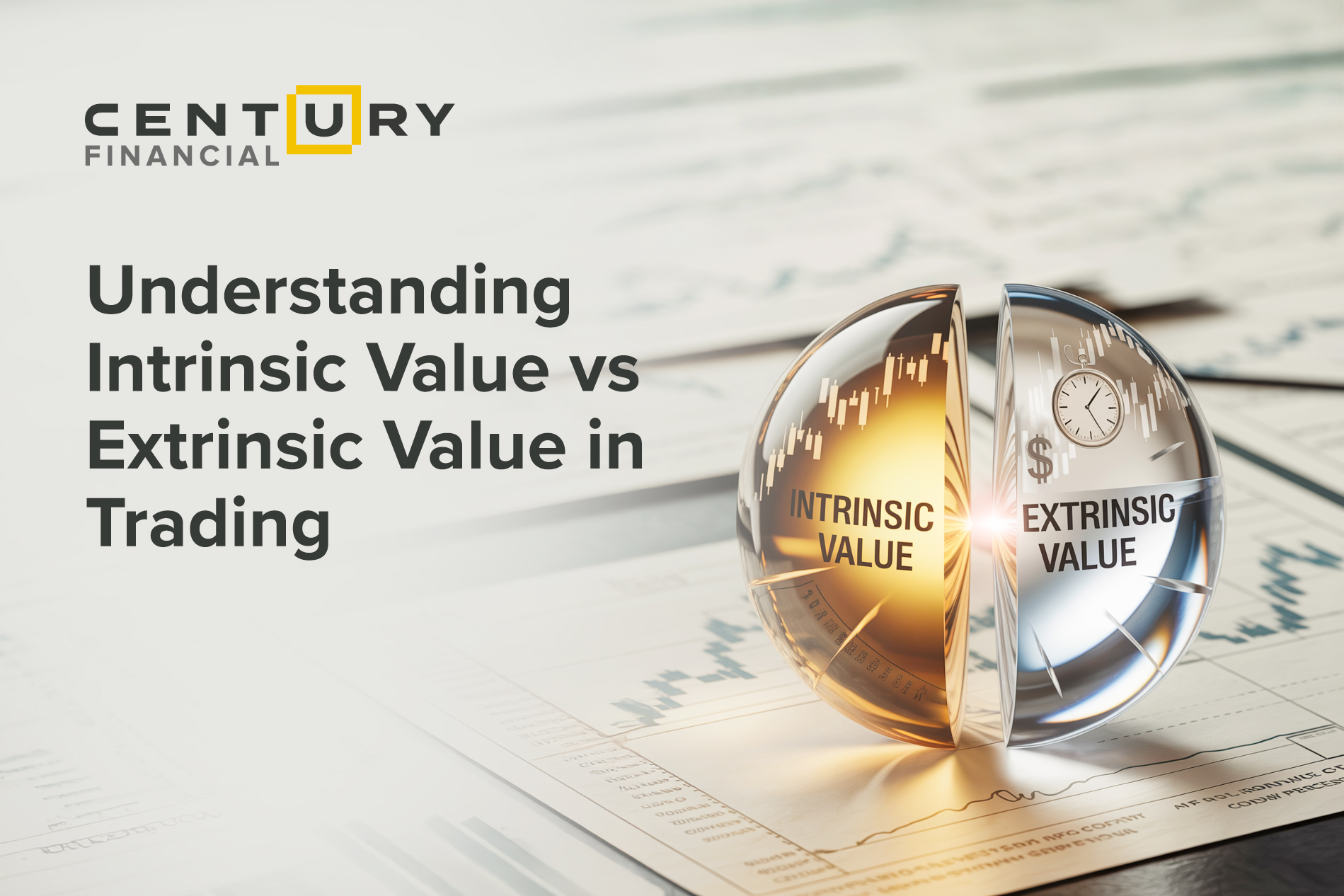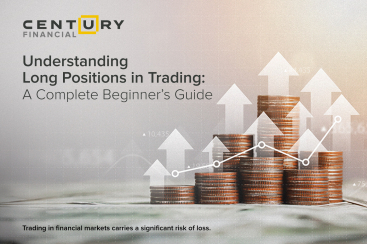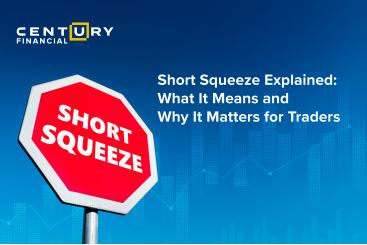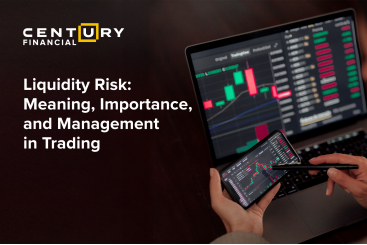Monday, September 29, 2025
Understanding Intrinsic Value vs Extrinsic Value in Trading
تم إعداد هذا المنشور من قبل سنشري للاستشارات

style="height:auto; width:100%" />
Introduction: Why EPS
Matters for Investors & Traders
Earnings Per Share (EPS) is one of the most widely used metrics in the financial world. It directly
connects a company’s profitability with the value received by each shareholder. Investors rely on EPS to
measure how efficiently a company generates profit from its equity. On the other hand, traders use it to
identify potential stock price movements around quarterly earnings announcements.
A strong and growing EPS often signals financial stability. Long-term investors are drawn to stocks with
stable and high EPS. Whereas fluctuations in EPS can create short-term trading opportunities.
Even when a company reports negative earnings per share, it provides crucial insights
into its financial challenges and possible recovery scenarios. For anyone engaged in stock
market investment, understanding the EPS of a share becomes essential
since it helps in comparing companies within the same industry and making informed buy or sell
decisions.
What Is Earnings Per
Share (EPS)? Formula & Basics
Definition Of Earnings Per Share -
Earnings Per Share (EPS) represents the portion of a company’s net profit allocated to each
outstanding share of common stock. It is a key profitability metric that helps investors
assess how much income a company generates for its shareholders.
In simple terms, EPS helps investors quantify the profitability of a share, thereby giving
an estimate of how the company is doing. And, since historical data forms a strong basis for
decision-making in markets, Earnings Per Share (EPS) gives a dependable fundamental basis
for investment decisions.
Why EPS Is
Important:
profitability and stronger shareholder value.
consistent earnings growth, which can again boost investor confidence.
such as the Price-to-Earnings (P/E) ratio, which is used to compare a company’s stock price to its
earnings power.
Why Weighted
Average Shares Matter
The number of outstanding shares can change frequently due to buybacks, new share issuances, stock
splits, or the issuance of employee stock options. These fluctuations make the number of shares
available on any particular date an unreliable figure. That’s why analysts rely on weighted average
shares—it accounts for the timing of share changes across the reporting period, ensuring a more
accurate EPS calculation.
Real-World Example
Let’s look at Apple
Inc.(AAPL). In its quarterly results, Apple reported net income of approximately USD
23 billion with around 15.5 billion diluted shares outstanding. This produced an EPS of
about USD 1.48. It is advised to closely track such figures because even a small EPS beat or
miss against analyst expectations can significantly move the stock price.
Similarly, if a company reports a negative earnings per share (e.g., –USD
2.00), it indicates the company incurred losses during the reporting period. The impact will
be a decline in investor confidence and share price volatility.
Other variants of Earnings Per Share include Cash EPS, Book Value EPS, and
Retained EPS, each offering different perspectives.
Definition Of Earnings Per Share - When EPS Is
Negative: What It Means for Traders
As mentioned before, a negative earnings per share result suggests that the
company was going through a loss-making period. This situation can adversely affect
valuation and investor confidence, particularly when using EPS to compare companies or
assess price-to-earnings (P/E) ratios. Therefore, it is suggested to combine EPS analysis
with other financial metrics and forward-looking data, especially in volatile markets.
Valuation via P/E Ratio
EPS is the “E” in the P/E ratio, guiding how much investors are
willing to pay per dollar of earnings.
style=" display: flex; align-items: center;flex-direction: column;min-height: 296px;">
Comparative Benchmarking
Comparing EPS across peers or periods helps identify growth or
value opportunities.
Trading Strategy Insight
Platforms like Century Trader App,
monitor EPS reports and trends—integral for timing entries into shares, indices, ETFs,
How Century Financial Empowers You with EPS Insight
Century Financial, a trusted SCA-regulated UAE broker, offers over 5,000 instruments and robust
platforms like Century
Trader App, MT5, CQG, and TWS.
style="align-items: center; justify-content: center; display: flex">
style="max-width:300px" />
FAQs
Q1. What is a good EPS growth rate for a stock?
A: There are no fixed figures. A "good" EPS varies by industry, but consistent upward trends
generally indicate healthy fundamentals and may attract investor attention in regulated
platforms like those offered by Century Financial.
Q2: How does diluted EPS differ from basic EPS?
A: Basic EPS uses current shares outstanding, while diluted EPS includes all potential shares
from convertible instruments—typically producing a lower, more conservative figure.
Q3: Can EPS be manipulated?
A: Yes, companies may reduce outstanding shares via buybacks to elevate EPS. That’s why it’s
vital to consider context, such as cash flow and dilution risks.
Q4. What does negative EPS indicate?
A: It signifies a net loss during the period and may warrant caution, especially if recurring,
though it can also highlight potential turnaround opportunities.
Q5. How do I use EPS data on Century Financial’s
trading platforms?
A: Use integrated tools like real-time alerts, chart overlays, and research resources to monitor
and act upon EPS reports across your trading instruments.
Conclusion
Earnings Per Share (EPS) as a metric has multifaceted uses and benefits. Hence, it remains one of the
most critical indicators for evaluating a company’s profitability and investment potential. From
basic earnings per share to understanding scenarios where earnings per share are
negative, EPS offers traders and investors a reliable benchmark for comparing stocks, analyzing
financial health, and building effective trading strategies.
Put EPS into Practice with Century Financial
Ready to translate EPS insights into actionable trades?
Register with Century Financial to explore live EPS data across
MT5, Century Trader App, CQG, or TWS.
style="justify-content: center; display: flex; align-items: center; min-height: 194px;">
Test your strategies using shares, ETPs, CFDs, currencies,
indices, and commodities.
Access expert research, live news, and technical tools — all
designed to help you leverage EPS trends for better stock market investment
outcomes.
لا تقدم شركة سنشري للإستشارات والتحليل المالي ش.ذ.م.م (الشركة) محتوى هذه المدونة، بما في ذلك أي أبحاث أو تحليلات أو آراء أو توقعات أو أي معلومات أخرى (يُشار إليها مجتمعةً باسم "المعلومات")، إلا لأغراض التسويق والتثقيف وإتاحة المعلومات العامة. ولا يُفسَّر ذلك على أنه نصيحة استثمارية أو توصية أو دعوة لشراء أو بيع أي أدوات مالية.
كما يجوز نشر هذه المعلومات عبر قنوات مختلفة، بما في ذلك موقع الشركة الإلكتروني، ومنصات الغير، والنشرات الإخبارية، والمواد التسويقية، ورسائل البريد الإلكتروني، ووسائل التواصل الاجتماعي، وتطبيقات المراسلة، والندوات الإلكترونية، وغيرها من وسائل التواصل. وبينما تسعى الشركة لضمان دقة المحتوى، فإنها لا تضمن اكتماله أو موثوقيته أو تحديثه في الوقت المناسب. وعليه، فأي قرارات تُتخذ بناءً على هذه المعلومات تكون على مسؤوليتك الشخصية. ولا تتحمل الشركة أي مسؤولية عن أي خسارة أو ضرر ناتج عن استخدامها.
ينطوي تداول المنتجات المالية على مخاطر كبيرة، بما لا يتناسب مع جميع المستثمرين. فيُرجى التأكد من وعيك التام بالمخاطر، وطلب الاستشارة المهنية المتخصصة إذا لزم الأمر.
يُرجى الاطلاع على بيان كشف المخاطر الشامل المتوفر على موقعنا الإلكتروني.
















